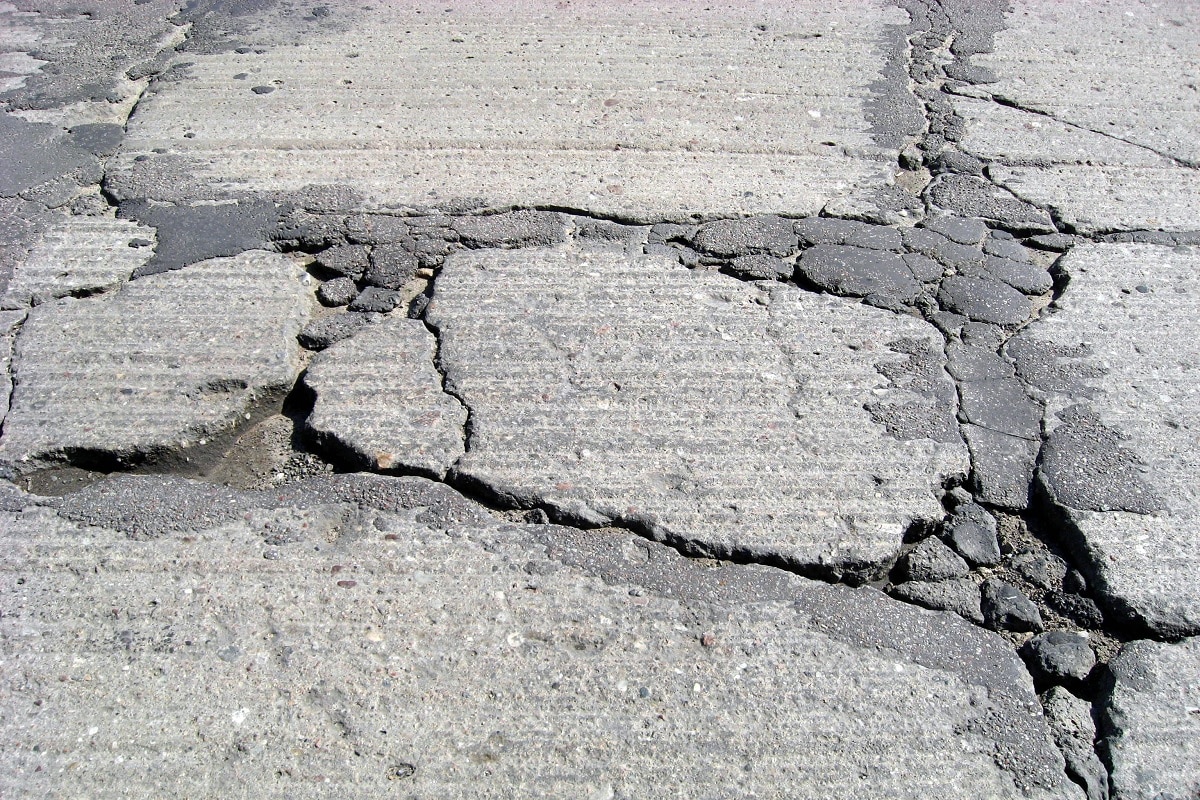How To Prevent Concrete Cracks From Occurring In Future In Lakeside Ca?

- Before pouring concrete, ensure that the site is adequately prepared. This includes compacting the soil to provide a stable base for the concrete slab. Any soft or unstable areas should be addressed before proceeding with the construction. Additionally, proper grading and drainage systems should be in place to prevent water from accumulating beneath the concrete, which can lead to cracks over time.
- The quality of the concrete mix plays a crucial role in determining the strength and durability of the structure. It is essential to use a high-quality concrete mix that is appropriate for the specific application. Ensure that the mix contains the right proportions of cement, aggregates, and water, and follow the manufacturer’s guidelines for mixing and placement. Using inferior quality concrete or deviating from the recommended mix proportions can increase the likelihood of cracks forming in the future.
- Reinforcement: Reinforcing concrete with materials such as rebar or wire mesh can significantly enhance its strength and resistance to cracking. These reinforcements help distribute the load more evenly throughout the structure, reducing the risk of cracks forming under stress. It is essential to place the reinforcement properly within the concrete slab according to the structural engineer’s specifications to maximize its effectiveness.
- Control joints are intentional breaks or grooves in the concrete slab that allow for controlled cracking. By strategically placing control joints at predetermined locations, you can help relieve stress and minimize the likelihood of random cracks forming. Proper spacing and depth of control joints are crucial, and they should be installed as soon as the concrete is cured enough to prevent random cracking.
- Proper curing is essential to ensure that the concrete reaches its maximum strength and durability. After the concrete is poured, it should be adequately cured to prevent rapid drying and shrinkage, which can lead to cracking. This can be achieved through methods such as moist curing, applying curing compounds, or covering the concrete with plastic sheeting. Proper curing should continue for at least seven days, or as recommended by the concrete manufacturer.
FAQs
What Causes Concrete To Crack?
Concrete can crack due to various reasons, including excessive shrinkage during curing, inadequate reinforcement, improper site preparation, and external factors such as temperature changes and ground movement.
How Can I Repair Existing Cracks In Concrete?
Depending on the severity of the cracks, you can repair them using methods such as epoxy injection, caulking, or patching with concrete repair products. It’s essential to address cracks promptly to prevent further damage and deterioration.
Can Concrete Cracks Be Prevented Entirely?
While it’s challenging to prevent concrete cracks entirely, following proper construction practices and maintenance procedures can significantly reduce their occurrence and prolong the lifespan of concrete structures.
Conclusion
In conclusion, preventing concrete cracks requires careful planning, proper materials, and diligent construction practices. By implementing these tips and addressing potential issues early on, you can ensure the durability and longevity of your concrete structures for years to come. For more information, contact Concrete Contractor Lakeside Ca at (619) 678-0052.